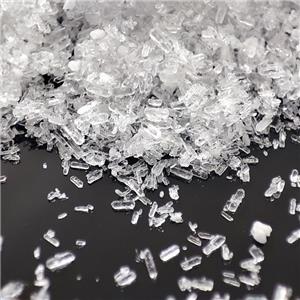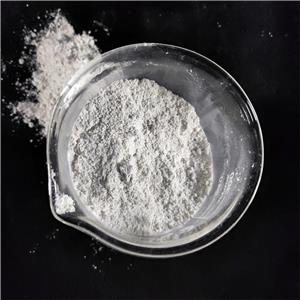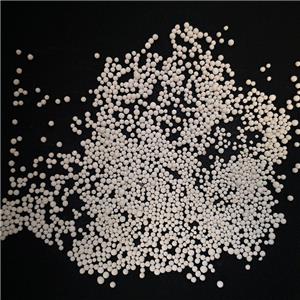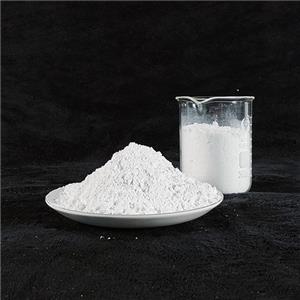What are the applications of antimony trioxide?
Introduction
Antimony trioxide(Sb₂O₃) is an inorganic compound widely utilized in various industrial applications due to its flame-retardant, catalytic, and optical properties. As a key derivative of antimony, it plays a crucial role in enhancing fire safety, improving material durability, and facilitating chemical processes. This article provides an in-depth exploration of the diverse applications of antimony trioxide, highlighting its significance across multiple industries.
1. Flame Retardant: Enhancing Fire Safety
Antimony trioxide for Flame-retardant is most prominently used as a synergistic flame retardant, particularly in combination with halogenated compounds (e.g., brominated or chlorinated flame retardants). When exposed to heat, Sb₂O₃ reacts with halogens to form antimony halides, which inhibit combustion by:
Scavenging free radicals that sustain the fire.
Forming a protective char layer that insulates the material from heat and oxygen.
Key Applications in Flame Retardancy
Plastics & Polymers:
Antimony trioxide for Flame-retardant Used in polyvinyl chloride (PVC), polyethylene (PE), and polypropylene (PP) for fire-resistant cables, automotive parts, and construction materials.
Critical in electrical enclosures and consumer electronics to meet fire safety standards (e.g., UL 94, RoHS).
Textiles & Upholstery:
Antimony trioxide for Flame-retardant Applied to fire-resistant fabrics for protective clothing, curtains, and furniture.
Antimony trioxide for Flame-retardant Used in military and aerospace applications where flame resistance is mandatory.
Rubber & Coatings:
Antimony trioxide for Flame-retardant Enhances fire resistance in tires, conveyor belts, and industrial hoses.
Antimony trioxide for Flame-retardant Incorporated into intumescent paints for steel structures to delay fire damage.
2. Glass & Ceramics: Improving Clarity and Durability
Antimony trioxide serves as a fining agent and opacifier in glass and ceramic production:
Fining Agent: Removes gas bubbles during glass melting, improving transparency in optical glass, CRT screens, and specialty lenses.
Opacifier: Provides a milky white appearance in enamel glazes, ceramic tiles, and decorative glassware.
UV Absorption: Used in solar control glass to block harmful ultraviolet (UV) radiation.
3. Catalyst in Chemical Manufacturing
Sb₂O₃ acts as a catalyst in several chemical processes, most notably:
Polyethylene Terephthalate (PET) Production:
Facilitates the polycondensation reaction in PET resin manufacturing, which is used for plastic bottles, food packaging, and synthetic fibers.
Oxidation Reactions:
Used in the production of phthalic anhydride (a precursor for plasticizers) and other organic intermediates.
4. Pigments & Paints: Historical and Niche Uses
Although largely replaced by safer alternatives due to toxicity concerns, antimony trioxide was historically used in:
White pigments for paints and coatings.
Ceramic stains to achieve specific colors.
Printing inks for high-opacity applications.
5. Other Industrial & Specialized Applications
Lead-Acid Batteries:
Added to lead electrodes to improve performance and reduce water loss.
Military & Pyrotechnics:
Used in smoke grenades, flares, and obscurants due to its smoke-generating properties.
Semiconductor Industry:
Investigated for use in thin-film transistors and optoelectronic devices.




